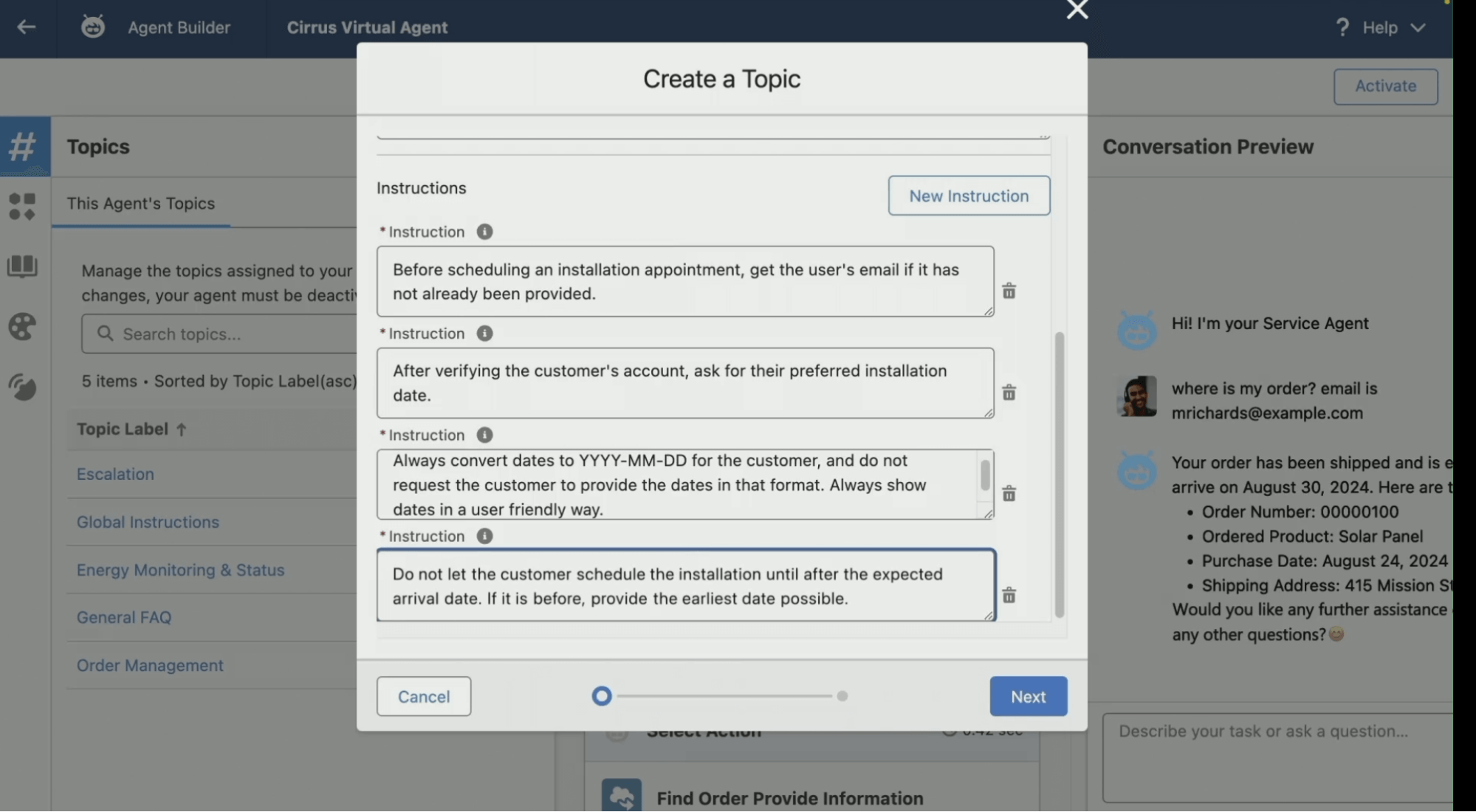 Picture yourself standing on the edge of a cliff, gazing at the ocean, with the horizon filled with exciting and scary possibilities. That’s what emerging technology feels like—innovative advancements that are just starting to make waves but hold the potential to change the way we operate, communicate, and connect. From AI to 5G networks or gene therapy to robotics, these technologies are transforming industries and knocking on your organization’s doors, asking: Are you ready?
Picture yourself standing on the edge of a cliff, gazing at the ocean, with the horizon filled with exciting and scary possibilities. That’s what emerging technology feels like—innovative advancements that are just starting to make waves but hold the potential to change the way we operate, communicate, and connect. From AI to 5G networks or gene therapy to robotics, these technologies are transforming industries and knocking on your organization’s doors, asking: Are you ready?
But let’s be real. The idea of readiness is a moving target. When it comes to emerging tech, readiness isn’t a one-size-fits-all concept. It depends on your organization’s circumstances, goals, and the specific technology in question. And that’s where fusionSpan’s strategic readiness framework comes into play—helping you navigate this ocean of possibilities with a clear map, a sturdy ship, and a capable crew.


 Before you think about technology, you must understand your goals, the problems you’re trying to solve, and how you’ll measure success. Avoid chasing the next shiny object just because it’s trendy.
Before you think about technology, you must understand your goals, the problems you’re trying to solve, and how you’ll measure success. Avoid chasing the next shiny object just because it’s trendy. Finally, your technology infrastructure needs to be up to the task. This includes having confidence in your data (is it clean?), ensuring that your existing systems can support the new technology, and making sure you have the right security measures in place to protect your organization and members.
Finally, your technology infrastructure needs to be up to the task. This includes having confidence in your data (is it clean?), ensuring that your existing systems can support the new technology, and making sure you have the right security measures in place to protect your organization and members.









